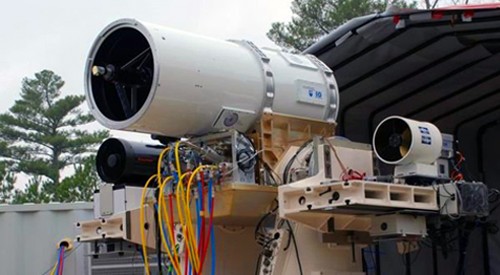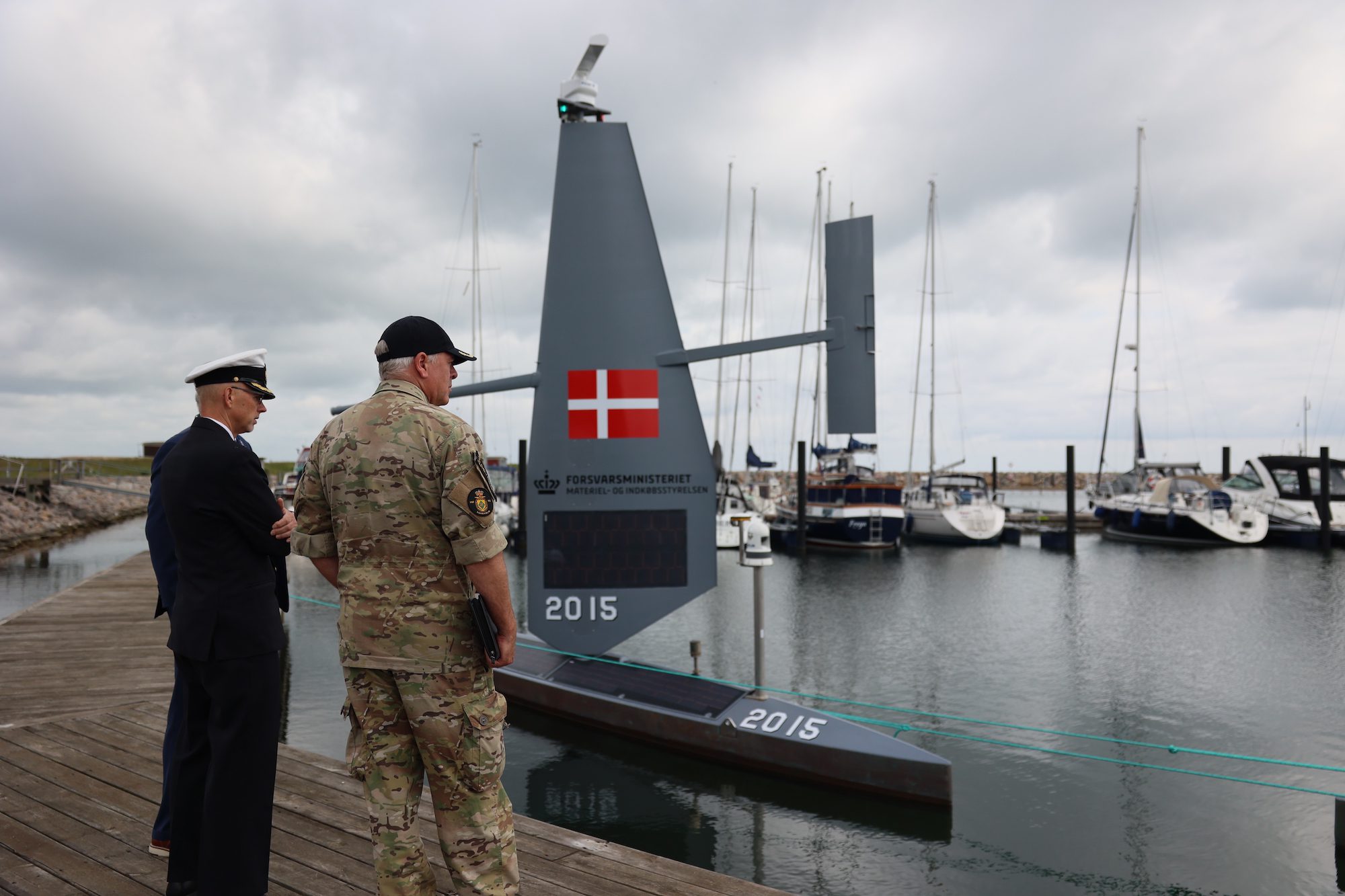The Navy appears to be another step closer in developing a new class of super-weapon, one that promises to significantly change the naval battlespace of the future.
Since the first shipboard cannons were fired in anger, to today’s Mach 3 sea-skimming missiles, naval ships have been vulnerable to attack by the sheer reality that hitting a small, supersonic target from a moving ship is extremely difficult to do. Especially if that target is headed in your direction.
For the past 30 years or so, the US Navy’s Aegis missile defense system has been very effective at mitigating this threat through it’s use of ultra-high power X-band phased array radars and the SM-2 missile system. Unfortunately, this system is not failsafe and terrible accidents have occurred, such as when the USS Vincennes misidentified and shot down an Iranian Airbus in 1988.
It all comes down to reaction time. How much time does the watch stander have to make a decision before they run out of options?
With today’s technology, that timeframe can be fractions of a second, or in some cases, it’s already game over by the time a target is acquired.
A recent technological breakthrough at Los Alamos National Laboratory may be changing all that and paving the way for a 1-Megawatt shipboard laser gun. This system would be capable of engaging multiple targets at the speed of light without running out of ammunition.
Please see the following press release from the Office of Naval Research:
FOR IMMEDIATE RELEASE: Jan. 19, 2011
By Rob Anastasio, ONR Corporate Strategic Communications
ARLINGTON, Va.-Scientists at Los Alamos National Lab, N.M., have achieved a remarkable breakthrough with the Office of Naval Research’s Free Electron Laser (FEL) program, demonstrating an injector capable of producing the electrons needed to generate megawatt-class laser beams for the Navy’s next-generation weapon system.
The Dec. 20 milestone, which occurred months ahead of schedule, will be the highlight of a two-day preliminary design review scheduled Jan. 20-21 in Virginia.
“The injector performed as we predicted all along,” said Dr. Dinh Nguyen, senior project leader for the FEL program at the lab. “But until now, we didn’t have the evidence to support our models. We were so happy to see our design, fabrication and testing efforts finally come to fruition. We’re currently working to measure the properties of the continuous electron beams, and hope to set a world record for the average current of electrons.”
Quentin Saulter, FEL program manager for ONR, said the implications of the FEL’s progress are monumental. “This is a major leap forward for the program and for FEL technology throughout the Navy,” Saulter said. “The fact that the team is nine months ahead of schedule provides us plenty of time to reach our goals by the end of 2011.”
The research is a necessary step for the Department of the Navy to one day deploy the megawatt-class FEL weapon system, revolutionizing ship defense, Saulter said. “The FEL is expected to provide future U.S. Naval forces with a near-instantaneous laser ship defense in any maritime environment throughout the world.”
ONR’s FEL project began as a basic science and technology program in the 1980s and matured into a working 14-kilowatt prototype. In fiscal 2010, it graduated from basic research to an Innovative Naval Prototype, earning the backing needed by senior Navy officials to ensure its evolution to advanced technology and potential acquisition.
The laser works by passing a beam of high-energy electrons generated by an injector, through a series of strong magnetic fields, causing an intense emission of laser light. ONR hopes to test the FEL in a maritime environment as early as 2018.
About the Office of Naval Research
The Office of Naval Research provides the science and technology necessary to maintain the Navy and Marine Corps’ technological advantage. Through its affiliates, ONR is a leader in science and technology with engagement in 50 states, 70 countries, 1,035 institutions of higher learning and 914 industry partners. ONR employs approximately 1,400 people, comprising uniformed, civilian and contract personnel, with additional employees at the Naval Research Laboratory in Washington, D.C.

 Join The Club
Join The Club











